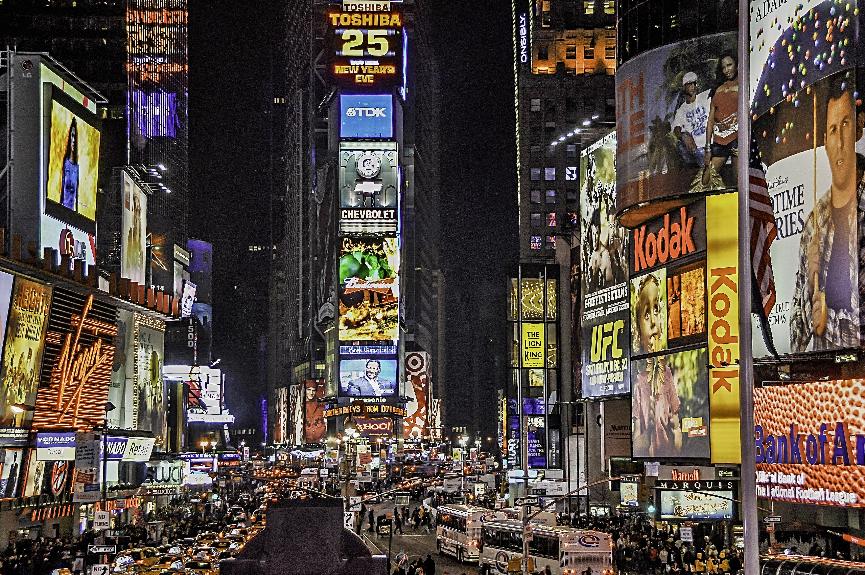No products in the cart.

Immerse yourself in the captivating world of 1980s neon cityscapes. Step into a time where vibrant lights and iconic architecture defined the urban landscape.
Explore the evolution of neon signage and delve into the pulsating nightlife of this era. Experience the electric energy that fueled art and photography during this mesmerizing time.
Get ready to be transported back to the neon glow of the 1980s, where every corner held a captivating story waiting to be discovered.
Explore the vibrant and pulsating atmosphere of the neon-lit streets in the 1980s, where you'll be transported to a world of electrifying colors and captivating energy.
The 80s fashion scene was characterized by bold and daring choices, with neon colors playing a prominent role in defining the era's style. Neon yellows, pinks, blues, and greens dominated the fashion landscape, making a bold statement and demanding attention. Whether it was neon-colored leg warmers, oversized shoulder pads, or fluorescent accessories, the streets were a kaleidoscope of bright hues.
Neon colors not only reflected the exuberance and flamboyance of the decade but also symbolized the spirit of rebellion and non-conformity. They were a visual representation of the vibrant and dynamic energy that permeated the 80s, creating a visual feast for the eyes on the neon-lit streets.
Immerse yourself in the mesmerizing neon glow of the iconic architectural masterpieces of the 1980s. These structures, with their bold designs and vibrant hues, captivated the imaginations of many.
Neon cityscape photography became a popular way to capture the essence of these architectural landmarks. Here are four reasons why the combination of iconic architecture and neon glow was so captivating:
The combination of iconic architecture and neon glow created a visual feast, capturing the imagination and leaving a lasting impression on those who experienced it.
As you continue delving into the mesmerizing neon cityscapes of the 1980s, it's fascinating to explore the evolution of neon signage. Neon advertising played a significant role in popular culture during this time, with its vibrant colors and captivating glow catching the attention of passersby. From simple text-based signs to intricate designs and animations, neon signage evolved to become more visually striking and engaging.
| Advancements | Impact |
|---|---|
| Introduction of neon tubes | Increased visibility and legibility of signage |
| Development of neon colors | Enhanced visual appeal and artistic expression |
| Integration of animation and motion | Grabbed attention and created a sense of dynamism |
| Adoption of custom shapes and designs | Reflective of brand identity and uniqueness |
| Use of neon in architectural lighting | Created immersive cityscapes and night-time ambiance |
The evolution of neon signage not only transformed the advertising industry, but also became an iconic symbol of the 1980s. Its distinctive aesthetic continues to captivate audiences today, reminding us of a bygone era of vibrant city life and the enduring power of visual communication.
Step into the vibrant nightlife of the 1980s and experience a world pulsing with energy and neon-lit excitement. The nightlife scene during this era was a kaleidoscope of bold fashion choices, pulsating music, and a sense of rebellion.
Here are four key elements of the 1980s nightlife that made it truly unforgettable:
The 1980s nightlife was a thrilling and revolutionary time, where retro fashion and underground music collided to create an unforgettable experience.
Continue your exploration of the vibrant nightlife of the 1980s by delving into the mesmerizing world of art and photography, where neon energy was captured in stunning and evocative ways.
During this era, neon became more than just a source of illumination; it became a symbol of urban culture, influencing not only the cityscape but also the fashion of the time. Artists and photographers were drawn to the vibrant and electric quality of neon, using it as a tool to convey the energy and excitement of the bustling city streets.
Neon inspired fashion trends emerged, with bold and vibrant colors dominating the scene. Through their works, these artists and photographers immortalized the neon-lit cityscapes, capturing the essence of the 1980s and its unique neon energy.
The neon lighting trend of the 1980s had a significant impact on interior design, transforming spaces with its vibrant glow. It also influenced fashion trends, with neon colors and bold patterns becoming popular during this era.
Implementing neon signage in urban landscapes during the 1980s posed challenges for cities. The impact of this trend required careful planning and consideration of factors like regulations, cost, maintenance, and the overall aesthetic of the cityscape.
Did the popularity of neon lighting in the 1980s lead to any significant changes in city regulations or policies regarding outdoor lighting? Yes, it did. Many cities implemented stricter regulations to control the use of neon signs and ensure the preservation of the cityscape.
Did specific cultural movements and social influences in the 1980s shape the use of neon lighting in cityscapes? Explore how these factors impacted the mesmerizing neon cityscapes of the era.
The availability and affordability of neon signage in the 1980s had a significant impact on the economy of small businesses and local shops in urban areas. It also greatly influenced the aesthetics of cityscapes.
